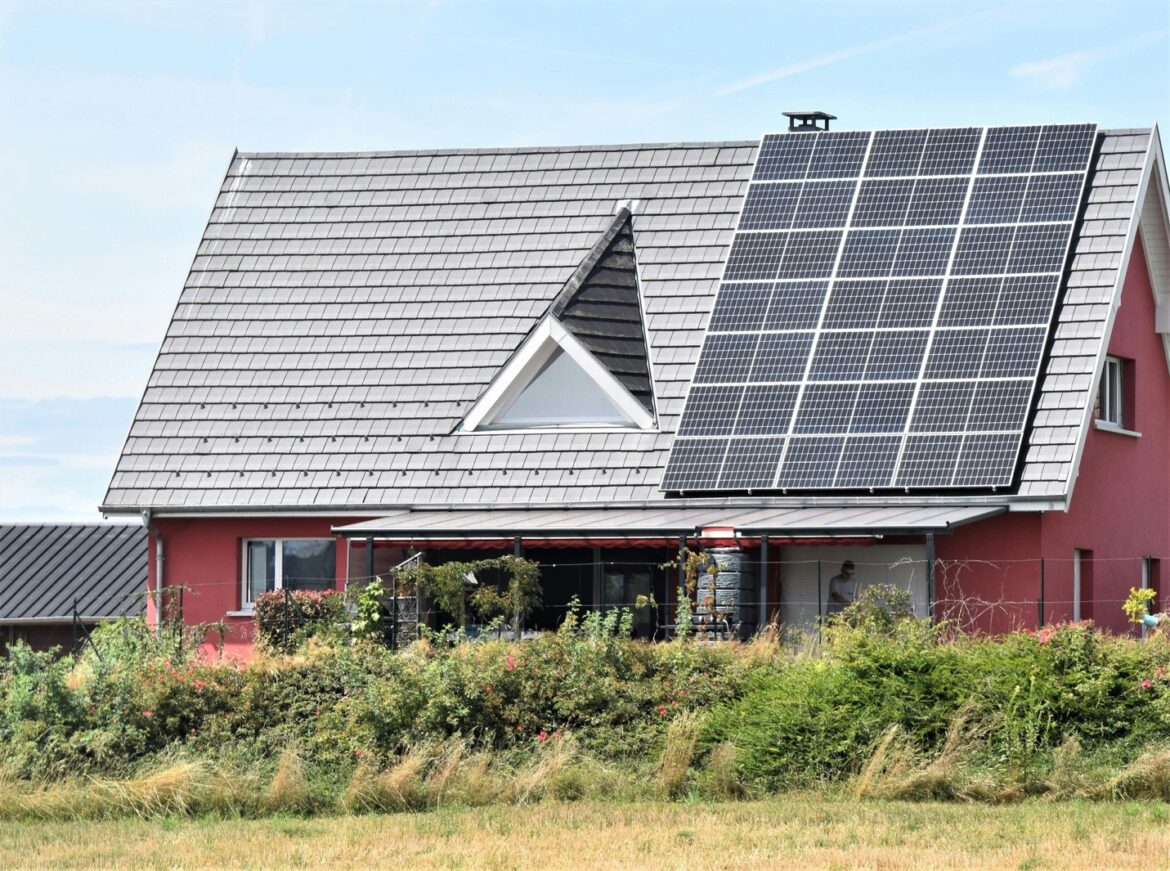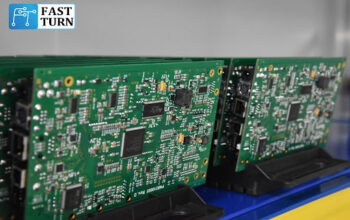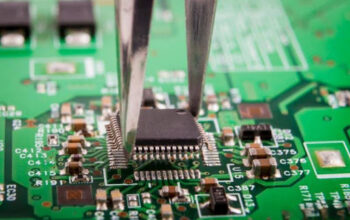
Coal and natural gas, two non-renewable energy sources used most in homes, deteriorate the surroundings and increase energy costs. Homeowners today have more choices for storage, energy generation, and management than ever. Our homes now run on renewable energy, and technology has transformed their power source. Beyond just power, this new approach provides independence, environmental sustainability, and long-term financial gains. As homeowners, we can shape the course of energy going forward
Leading the revolution
One interesting residential energy source is solar electricity. Residents worldwide are increasingly turning to solar energy to cut reliance on the grid. Particularly integrated solar PV panels provide a more affordable and accessible source of electricity. These elegant, contemporary solutions combine easily with the architecture of a house and maximise energy economy. Reduced photovoltaic (PV) technology costs and government incentives and subsidies are helping solar panels to grow in appeal. As solar panels grow more reasonably priced, more homes will run on clean, renewable electricity.
Preserving supply
Though solar power is a terrific renewable energy source, the sun does not shine around the clock. This challenge has driven advancement in energy storage technologies. High-capacity batteries in modern houses help to store daytime energy for overcast days or overnight. These mechanisms run even in the absence of sunlight. A game-changer, residential energy storage reduces peak-hour grid draw and energy consumption. Additionally, energy storage devices can run homes during blackouts.
Maximising effectiveness
Another main breakthrough in home energy solutions is integrating smart energy management systems. These real-time energy monitoring systems enable houses to maximise power consumption. Smart devices and apps let homeowners monitor and modify their energy use to cut costs and consumption. Smart energy management systems may run appliances, lighting, heating and cooling depending on the time of day and energy consumption. When grid power is more expensive, they might prioritise stored solar energy during peak hours, reducing utility costs. These appliances also provide energy use trends, which helps homeowners decide on energy-efficient renovations.
Home energy of the future
Modern energy solutions’ ultimate aim is to create sustainable, self-sufficient houses devoid of electricity networks. Solar power, energy storage, and smart energy management systems make home energy generation, storage, and management with minimal environmental impact feasible. Homes and the surroundings gain from this trend of self-sufficiency. More houses using renewable energy help to lower greenhouse gas emissions and environmental damage by cutting the demand for fossil fuels.
Solutions for sustainable energy are both financially and environmentally profitable. Though costly, sophisticated management systems, energy storage, and solar panels pay dividends over time. Higher house values and lower energy costs will benefit homeowners who invest in these technologies. These solutions will probably become less expensive as renewable energy becomes more common and technology develops, making them more accessible for homes.
Conclusion
Modern house energy use is altering our production and consumption of energy. Using renewable energy, energy storage, and smart energy management systems helps homeowners cut their carbon footprint, energy expenses, and power grid reliance. As these technologies develop, a self-sufficient, sustainable house is starting to be feasible. Energy fuels your ability to create a sustainable future


